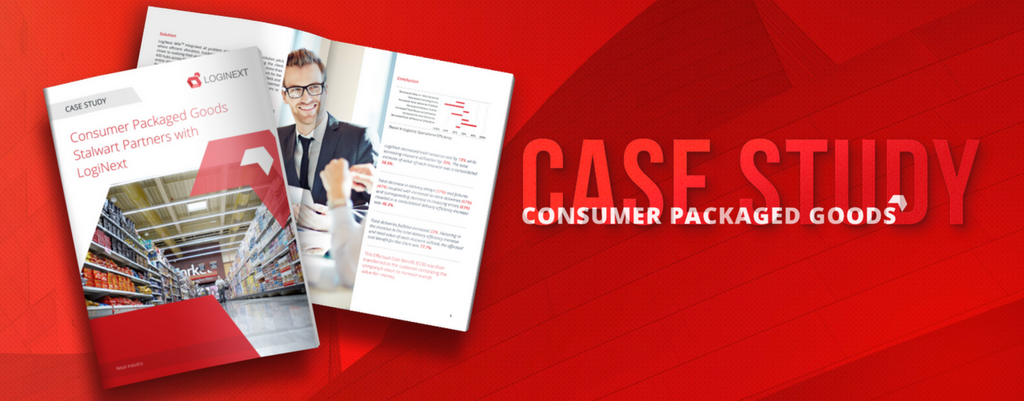How Does the Biggest CPG Company in the World Handle Last Mile Delivery?
One of the largest Consumer Packaged Goods (CPG) companies in the world increased the on-time deliveries by more than 60% while decreasing their resource cost by 18% and increasing their utilization by 30%. This increased the overall value (return on investment) of each resource to an amazing 58.5%. How did they do this?
Last Mile Delivery: Set-up
Here is the success story of a celebrated CPG company which primarily focuses on offering the best value for money products to its customers. Their product line-ups range from home and personal use to official and commercial merchandise with more than 10 million SKUs, more than 1000 replenishment vehicles and more than 10,000 delivery personnel. They align all their logistics efforts towards maintaining an agile and responsive logistics management software set-up.
Their customer base includes diverse income groups looking for a one-stop platform for all their shopping requirements. They sustain their product line and value differentiation by channeling their logistics wing in to action with an increased focus on customer satisfaction using a seamless experience across all the channels.
With the advent of omni-channel retail, the client has embraced the technological evolution and are integrating logistics and last mile planning into their system to extend their ‘value for money’ motto to their online and direct to home delivery customers.
Last Mile Delivery: Problems
- Schedule Planning: Deliveries were handled randomly without a focus on minimizing distance travelled or maximizing deliveries fulfilled.
- Resource Allocation: Manual resource planning led to excess strain on management time and efforts.
- Delivery Delays: Orders were packaged and dispatched as per schedule, but the customers did not receive respective orders on time.
- Real-time Tracking: Store managers, as well as customers awaiting deliveries, were unable to track the shipments in real-time.
- Route Optimization: Routes were optimized manually using basic mapping knowledge and localized assumptions.
- Delivery Status: Store managers were not able to track the deliveries in real-time and had to wait for the end of the delivery cycle for a detailed report.
- Partial Deliveries: Customers had the option of accepting only a part of their total ordered list at the point of delivery, wherein the rest of the units would be returned, and would not be billed. However, the execution of the initiative raised issues of invoicing errors due to lack of transparency along the last mile.
Last Mile Delivery: Solution
LogiNext streamlined and automated the resource allocation system used by the client. LogiNext also helped the client cut resource costs while boosting the overall cost-benefit ratio.
With seamless integrations, LogiNext created an easy-to-use platform for all user profiles, right from the delivery personnel to the operations manager and the CEO.
Everything could be tracked and analyzed from a single point.
For in-depth analysis of how LogiNext helped the client dominate the competitive space with expert logistics management, download this informative case study about the execution of LogiNext’s transformative last mile delivery software.
156 3







Pingback: Sonya_t | Pearltrees
Pingback: LogiNext-Blog | What I Learned from The Brilliant People Who Attended the Forbes Summit in Manila
Your style is so unique compared to other people
I have read stuff from. Thank you for posting when you have the opportunity, Guess I will
just book mark this blog.